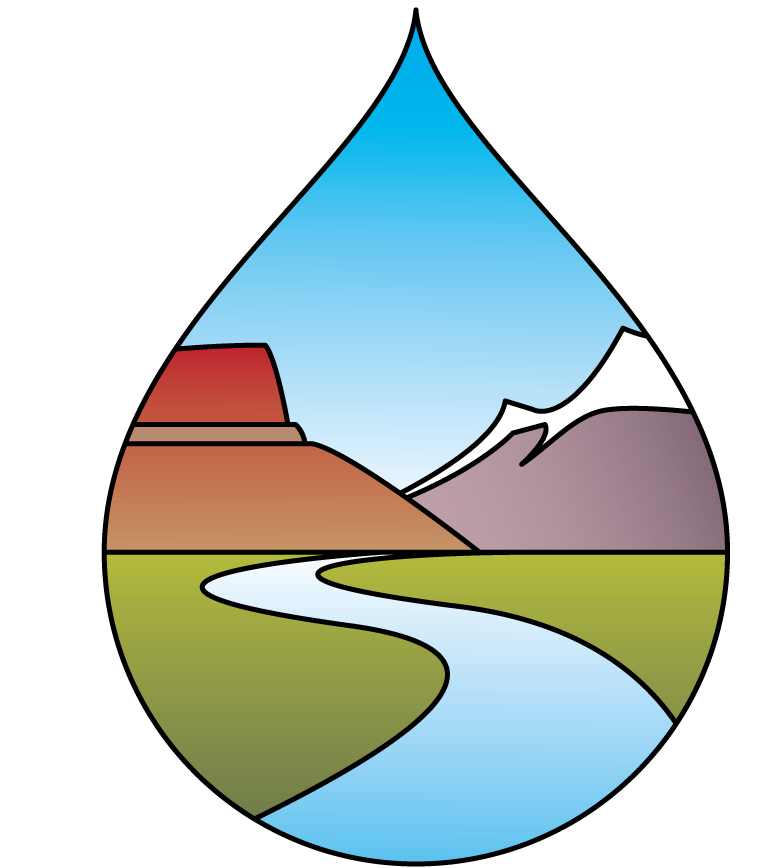Position #495 – Regarding the National Levee Safety Act of 2007 and Levee and Canal Structures
WHEREAS, floods are among the Nation’s most frequent and costliest hazards – every year the costs to taxpayers are in the billions and continue to increase; and
WHEREAS, all 50 states confront levee safety issues; and
WHEREAS, Congress enacted the National Levee Safety Act of 2007 (the Act) in the aftermath of Hurricane Katrina and the failure of the levees and flood water conveyance canals in New Orleans, Louisiana;[1] and
WHEREAS, the Act created the “National Committee on Levee Safety” (NCLS) to develop recommendations for a national levee safety program, including a strategic plan for implementation of the program; and
WHEREAS, in January 2009, the NCLS released, “Recommendations for a National Levee Safety Program – A Report to Congress;” and
WHEREAS, the report’s core recommendation calls for the creation of an independent National Levee Safety Commission to: (1) develop national safety standards for levees for common, uniform use by all federal, state, and local agencies; (2) inventory and inspect all levees on a periodic basis; and (3) develop national tolerable risk guidelines for levees; and
WHEREAS, the Water Resources Reform and Development Act (WRRDA) of 2014 subsequently redefined the term “levee” as an embankment or flood wall (i) “the primary purpose of which is to provide hurricane, storm, and flood protection…;” and (ii) “ that normally is subject to water loading for only a few days or weeks during a year;” and further defined “canal structures” to mean an embankment, wall or structure along a canal or manmade watercourse that (i) constrains water flows; (ii) is subject to frequent water loading; and (iii) “is an integral part of a flood risk reduction system that protects the leveed area from flood waters” associated with weather-related events; and
WHEREAS, water supply canals that are part of an irrigation or municipal or industrial water supply system are appropriately excluded from the National Levee Safety Program; and
WHEREAS, one objective of the National Levee Safety Act of 2007 was to promote sound technical practices in levee design, construction, operation, maintenance, inspection, assessment, and security; and
WHEREAS, the U.S. Government Accountability Office (GAO) released a June 2016 report that found that WRRDA 2014 directed the U.S. Army Corps of Engineers (USACE) and Federal Emergency Management Agency (FEMA) to: (1) reconvene the National Committee on Levee Safety; (2) develop a national levee inventory; (3) implement a multifaceted levee safety initiative; (4) report to Congress by June 10, 2015; (4) report on the feasibility of a joint dam and levee-safety program by June 10, 2017; and (5) submit a report with recommendations identifying and addressing legal liabilities of engineering levee projects; and
WHEREAS, GAO found that with the exception of continuing to develop a national levee inventory that the FEMA and USACE had made little progress in implementing key WRRDA requirements, given resource constraints; and recommended that they develop a plan with milestones for implementing the required activities using existing resources or request additional resources as needed.
WHEREAS, the National Levee Database (NLD), developed by USACE, is the focal point for comprehensive information about our nation’s levees and the NLD continues to be a dynamic database with ongoing efforts to add levee data from federal agencies, states, and tribes; and
WHEREAS, USACE and the U.S. Bureau of Reclamation published “Best Practices in Dam and Levee Safety Risk Analysis,” in July 2019; and
WHEREAS, USACE published Engineer Circular No. 116-2-218,[2] establishing policies for implementing the Levee Safety Program and guidance consolidating and formalizing the principles, policies, and key processes used by USACE in the program; and
WHEREAS, the Circular expired in March 2023, with USACE expected to issue more permanent agency guidance based on input and lessons learned.
NOW, THEREFORE, BE IT RESOLVED, that the Western States Water Council supports the implementation and improvement of our national program of safety standards for levees, flood walls and flood water conveyance canals; and
BE IT FURTHER RESOLVED, that such a program should not apply to federal or non-federal water supply canals that are part of an irrigation or municipal or industrial water supply system; and
BE IT FURTHER RESOLVED, that the Western States Water Council encourages the Administration and Congress to work together and with States to strengthen the National Levee Safety Program and provide adequate resources for implementing the requirements of the National Levee Safety Act of 2007, WRRDA 2014, and the Aging Water Infrastructure and Maintenance Act (Subtitle G of the Omnibus Public Lands Management Act of 2009).
[1] 121 Stat. 1288, P.L. 110-114.
[2] https://www.mvn.usace.army.mil/Portals/56/EC%201165-2-218.pdf
(See also Position #445, 3/06/20; #403, 4/14/17; and #363, 4/03/14)
